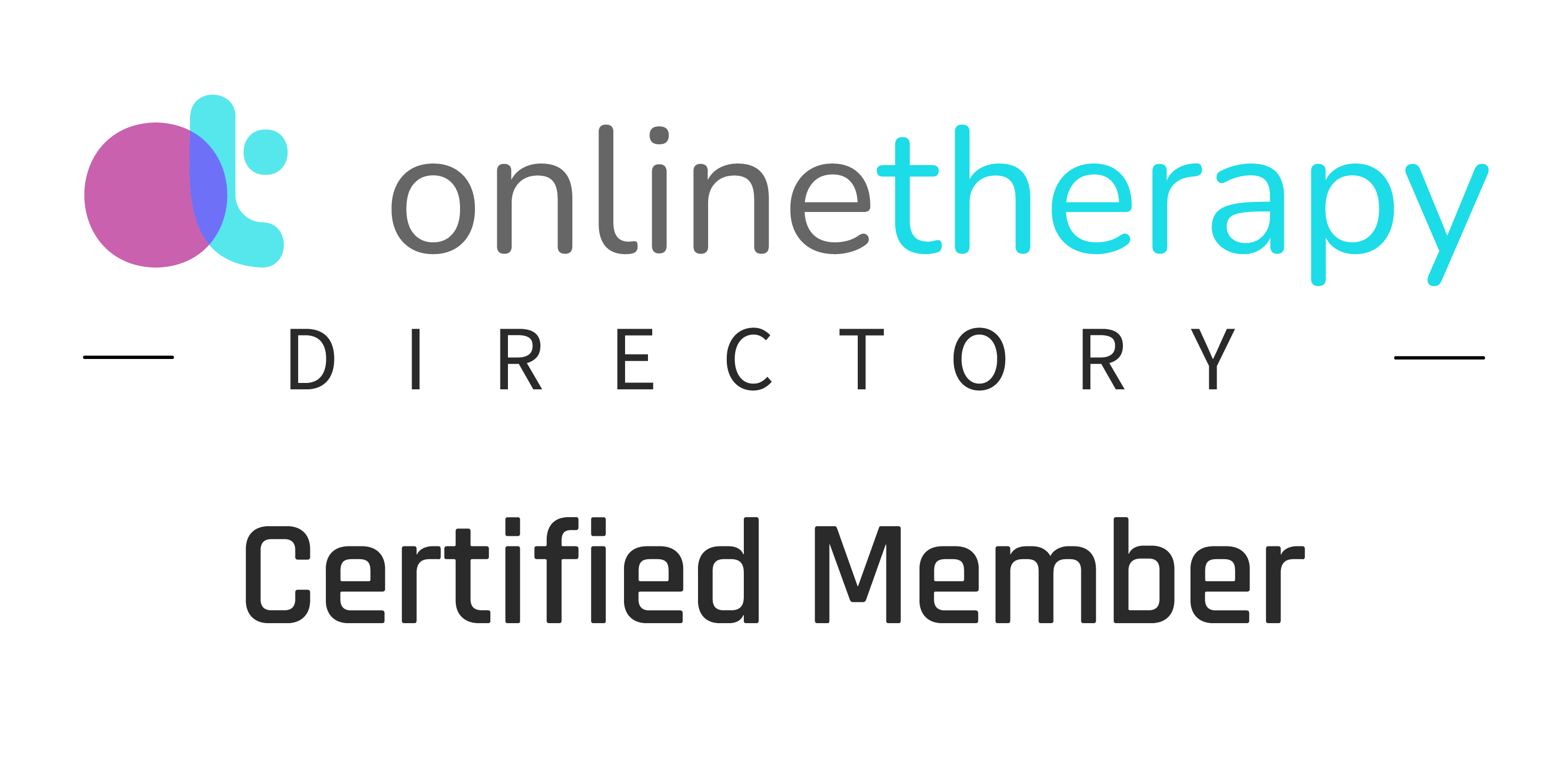Delving Deeper into Body Dysmorphic Disorder & Checking Behaviors
Body Dysmorphic Disorder (BDD), often referred to as body dysmorphia, is not just a case of low self-esteem or occasional insecurity about one's appearance. It's a profound mental health condition where individuals are consumed by an exaggerated perception of flaws in their physical appearance. A significant manifestation of BDD is compulsive "checking behavior". In this post, we'll dive deeper into understanding BDD and the intricacies of checking behaviors associated with it.
Body Dysmorphia: Beyond Surface-Level Concerns
The psychological roots of body dysmorphia stretch far beyond general dissatisfaction with one's appearance. BDD is marked by an intense preoccupation with one's physical appearance, specifically perceived flaws or defects. These perceived distortions are typically minor or unnoticeable to others but could appear severe or even grotesque to the individual. People with BDD often perceive minute or non-existent flaws in their appearance and magnify them to an extent that affects their daily life.
Characteristics of BDD include:
Overwhelming Obsession: Individuals constantly ruminate over their perceived defects, leading them to believe they are severely flawed or even disfigured.This obsession can consume their thoughts, dictating their actions and behaviors.
Intense Emotional Distress: The emotional toll of BDD is significant. The distress from their perceived defects often manifests as anxiety, depression, or shame, disrupting their daily functioning.
Avoidance Behaviors: Given their intense self-consciousness, many individuals with BDD avoid social situations or any activities that might draw attention to their perceived flaws.
Delving Deep into the Cycle of Checking Behavior in BDD
One of the hallmarks of BDD is the cycle of checking behaviors. These are compulsive actions that individuals with BDD engage in to constantly assess their perceived flaws. This cycle can best be described as the shackles that bind individuals deeper into the quagmire of their distortions. While they may initially seem like benign rituals or simple habits, these behaviors are complex and can propel the disorder's vicious cycle. Here's a closer exploration of these behaviors.
Manifestations of Checking Behaviors:
Mirror Checking:
Mirror checking behavior can vary from person to person. Some individuals may check their reflection hundreds of times a day, while others may spend extended periods staring at their perceived defect.
Multiple Angles: The individual may not just look straight on, but tilt their head, use different lighting, or even use multiple mirrors to view the perceived flaw.
Frequency: Mirror checks might occur hundreds of times a day for some or may be marked by long, extended periods of staring.
Avoidance: On the flip side, the distress can become so intense that mirrors become a source of dread, leading to complete avoidance.
Reassurance Seeking:
Individuals with BDD frequently seek reassurance from others about their appearance. This reassurance, however, offers only temporary relief, as their need for it soon resurfaces.
Question Variations: Even if they're asking about the same flaw, they might phrase the question differently hoping for a "more honest" or comforting answer.
Transient Relief: The comfort from the reassurance is fleeting, and the need for it soon resurfaces.
Comparison:
Idealization: Individuals with BDD often have an idealized image, and their comparisons usually find them falling short.
Hyper-Focus: Their comparisons are laser-focused, often zoning into specific attributes rather than a holistic view of others.
Physical Checks:
Physical checks often follow a set pattern or ritual, and some people might even use tools like rulers or software to analyze photos for these checks.
Ritualistic: The manner of touching or measuring might follow a set ritual or pattern.
Tools and Props: Some might use tools like rulers, tapes, or even software to alter and analyze photos for these checks.
Understanding the Implications of Checking Behaviors:
Checking behaviors not only reinforce the distortion but also trigger a roller coaster of emotions. Over time, as the perceived flaw seems to magnify and the checks become more frequent, feelings of despair deepen.
Reinforcing the Distortion:
Memory Bias: Each check, rather than providing objectivity, usually ends up feeding the distorted memory, making the flaw seem even more prominent over time.
Roller Coaster of Emotions:
Initial Comfort, Lingering Doubt: The immediate aftermath of a check might bring relief, but it's rapidly replaced by escalating doubt and anxiety.
Despair and Helplessness: Over time, as the perceived flaw seems to magnify and the checks become more frequent, feelings of despair deepen.
Life Disruptions:
Social Withdrawal: The need to check, coupled with the fear of judgment, might make individuals avoid social situations.
Procrastination and Avoidance: Tasks that might make the perceived flaw more "visible" (like stepping out in daylight) can be endlessly postponed.
Navigating the BDD Maze: Potential Interventions
Managing BDD and the entangled web of checking behaviors necessitates a comprehensive and tailored approach. Here's a more in-depth look into interventions that have shown promise:
Cognitive Behavioral Therapy (CBT):
CBT is grounded in the principle that our thoughts, feelings, and behaviors are interconnected. Negative thought patterns can lead to distressing emotions and behaviors.
Addressing Distortions: A key component of CBT for BDD is identifying and challenging distorted beliefs about one's appearance.
Behavioral Experiments: These involve confronting feared situations without resorting to safety behaviors, like checking, to learn that the feared outcome often doesn't materialize.
Exposure and Response Prevention (ERP): A subset of CBT, ERP involves exposing oneself to triggers that incite the urge to check and then resisting the checking behavior. Over time, this diminishes the compulsion.
Medication:
Selective Serotonin Reuptake Inhibitors (SSRIs) have shown promise in alleviating BDD symptoms.
SSRIs: Selective Serotonin Reuptake Inhibitors, typically used for depression and anxiety disorders, have shown promise in alleviating BDD symptoms. Examples include fluoxetine, fluvoxamine, and sertraline.
Dose and Duration: It's worth noting that for BDD, higher doses and a longer duration of treatment might be needed compared to when SSRIs are used for depression.
Educative Therapy:
Psychoeducation demystifies BDD, helping individuals to understand the biological and psychological underpinnings of the disorder.
Coping Techniques: Individuals learn to identify triggers and implement coping strategies before their urges to check become overwhelming.
Family Involvement: Families can be integrated into the process, ensuring that they too understand BDD and can offer support without inadvertently reinforcing checking behaviors.
Support Groups:
Shared Experiences: Engaging with peers who grapple with BDD offers the solace that one is not alone, helping to destigmatize the disorder.
Resource Pooling: Such groups are often a treasure trove of resources, from experienced therapists to books and tools that have proven beneficial to others.
Eye Movement Desensitization and Reprocessing (EMDR):
Targeting Trauma: BDD can sometimes have roots in traumatic experiences, and EMDR is a potent tool for processing and integrating such traumas.
Bilateral Stimulation: EMDR typically involves guided eye movements that help individuals process traumatic memories in a new adaptive way, potentially diminishing the intensity of BDD symptoms triggered by past events.
In wrapping up our discussion on Body Dysmorphic Disorder (BDD), it's crucial to acknowledge the complexity and challenges of this condition. BDD is more than just an obsession with physical appearance; it's a deep-seated psychological issue that requires understanding, compassion, and professional support. For those struggling with BDD, remember that you're not alone, and help is available. Treatment options like cognitive-behavioral therapy (CBT) have proven effective, and a supportive network can make a significant difference in the journey to recovery.
As we continue to explore various aspects of mental health and wellness, I invite you to join our Pathways to Wellness Community. By subscribing, you'll stay updated with the latest blog posts from 'Pathways to Wellness: Insights from Francesca Wehr, LCSW'. Our community is dedicated to providing support, insights, and resources to assist you on your journey to better mental health and overall well-being. Together, we can navigate the complexities of mental health issues like BDD and move towards a healthier, more fulfilling life.
Subscribe now and become part of a community committed to wellness, understanding, and personal growth. Let's embark on this journey together, learning and growing with each new insight and discovery.













